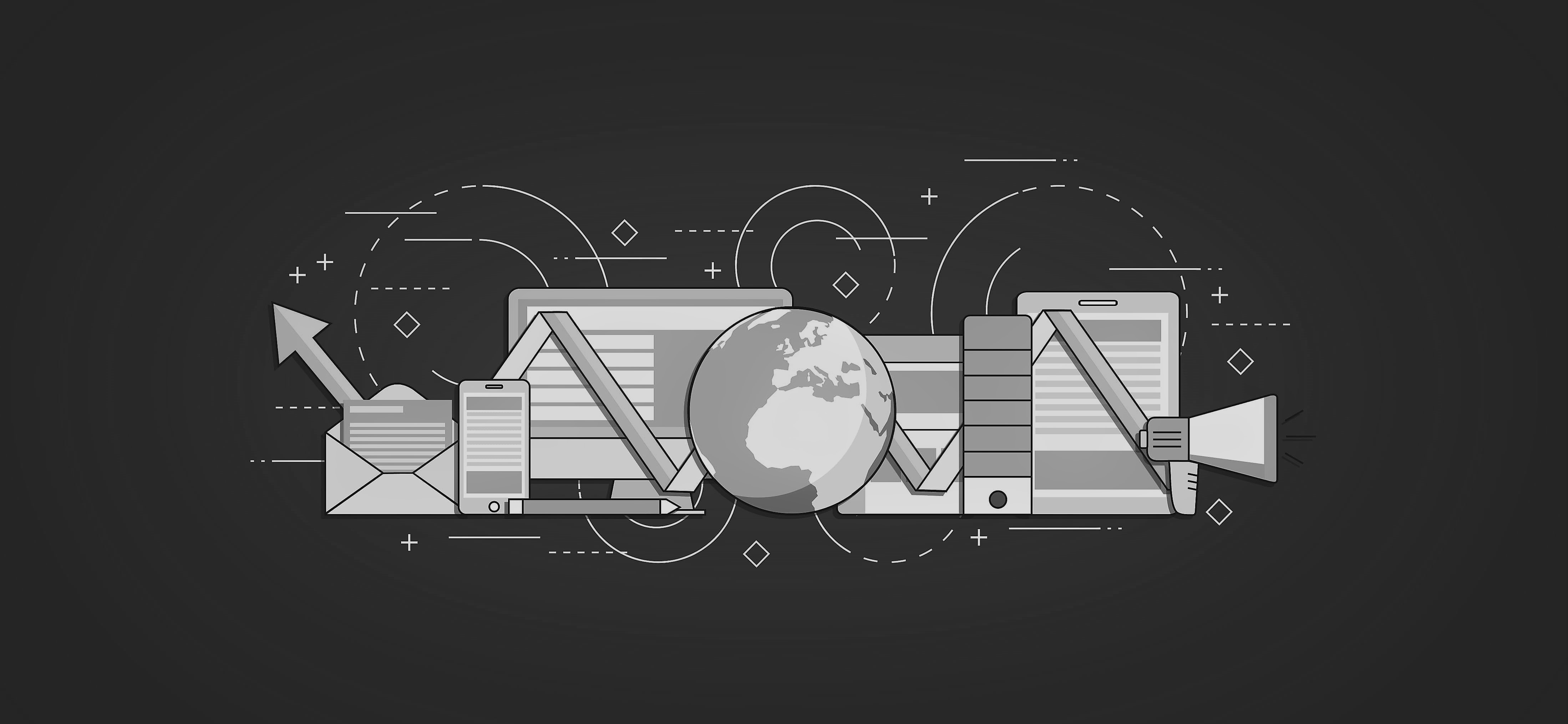
Gather relevant data from various sources and perform cleaning to ensure accuracy and relevance for visualization.
Analyze the data to extract meaningful insights, identify patterns, trends, and key data points that will be highlighted in the visualizations.
Design and develop data visualizations using suitable tools and techniques, ensuring that they are both informative and engaging.
Review the visualizations with stakeholders, refine them based on feedback, and deploy them in the required format or platform.
The first step in the data visualization process at Wenura Technologies is Data Collection and Cleaning. Our team gathers data from various sources relevant to the client's objectives. These sources can include internal databases, CRM systems, social media analytics, financial reports, and more. Once the data is collected, it undergoes a cleaning process to ensure its accuracy and reliability. This step involves removing any inconsistencies, duplicates, or errors in the data. Clean data is crucial for creating accurate and meaningful visualizations.
In the Data Analysis and Insight Extraction phase, the cleaned data is thoroughly analyzed to extract key insights. Our data analysts and scientists use advanced analytical techniques to identify patterns, trends, correlations, and outliers in the data. This analysis is fundamental in determining the most important data points and insights that will be highlighted in the visualizations. Understanding the story the data tells is essential for creating effective visual representations.
During the Visualization Design and Development phase, our designers and visualization experts create visual representations of the analyzed data. This involves selecting the right types of charts, graphs, maps, or infographics that best convey the insights. The design process focuses on making the visualizations not only aesthetically appealing but also easy to understand and interpret. Tools and technologies like Tableau, Power BI, or D3.js are commonly used to develop these visualizations, ensuring they are interactive and engaging.
The final phase involves Review, Refinement, and Deployment. The created visualizations are reviewed with stakeholders to gather feedback. This collaborative approach ensures that the visualizations meet the client’s expectations and effectively communicate the intended insights. Based on the feedback, refinements are made to fine-tune the visualizations. Once finalized, the visualizations are deployed in the required format or platform, whether it's for a report, a dashboard, a website, or a presentation. This deployment is done ensuring that the visualizations are accessible and functional for the intended audience.
Creating comprehensive dashboards that provide business executives with a real-time overview of company performance, including sales, operations, and customer insights, enabling quick and informed decision-making.
Developing visual tools for marketing teams to analyze market trends, customer demographics, and campaign performance, helping in strategizing marketing efforts more effectively.
Designing clear and interactive financial reports and visualizations that allow stakeholders to easily understand revenue streams, expenses, and financial health of the organization.
Creating visualizations for medical data, such as patient treatment histories and epidemiological trends, assisting healthcare professionals in diagnosing and making treatment decisions.
Utilizing GIS to visually represent spatial data for urban planning, environmental impact analysis, and resource management, enabling easy interpretation of geographical and location-based data.
Developing visual educational content and e-learning modules that make complex subjects easier to understand through interactive charts, graphs, and animations.
Creating visual tools to monitor supply chain and logistics operations, identifying bottlenecks and optimizing routes and inventory levels.
Designing visualizations to analyze social media metrics, such as user engagement, reach, and sentiment analysis, helping in refining social media strategies.
